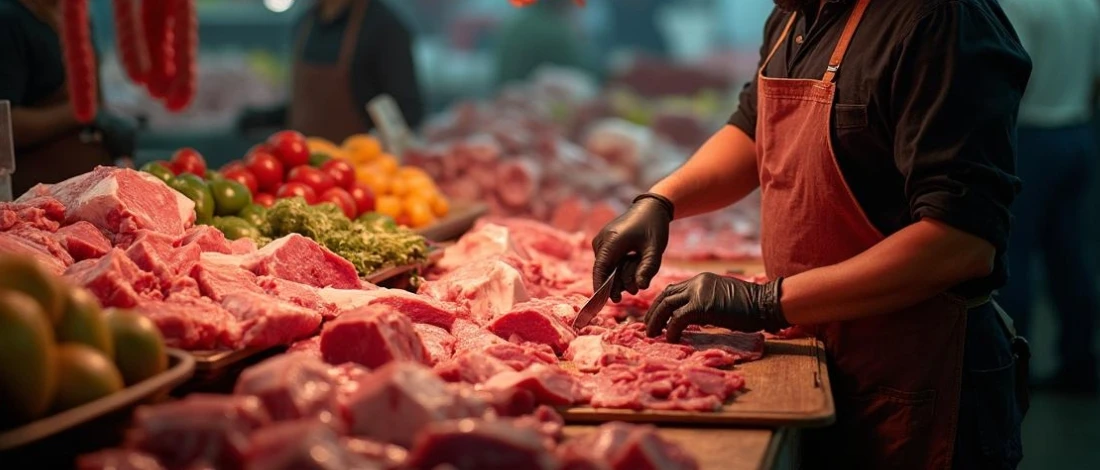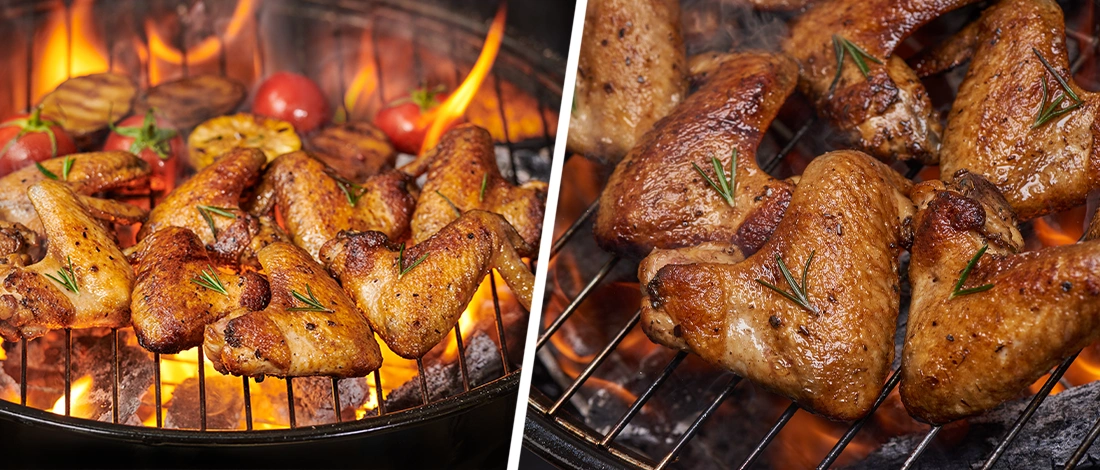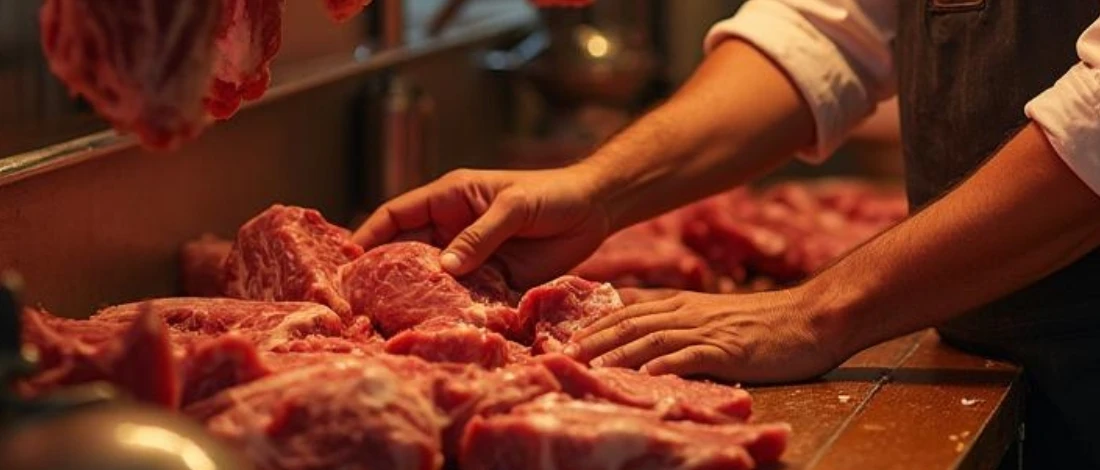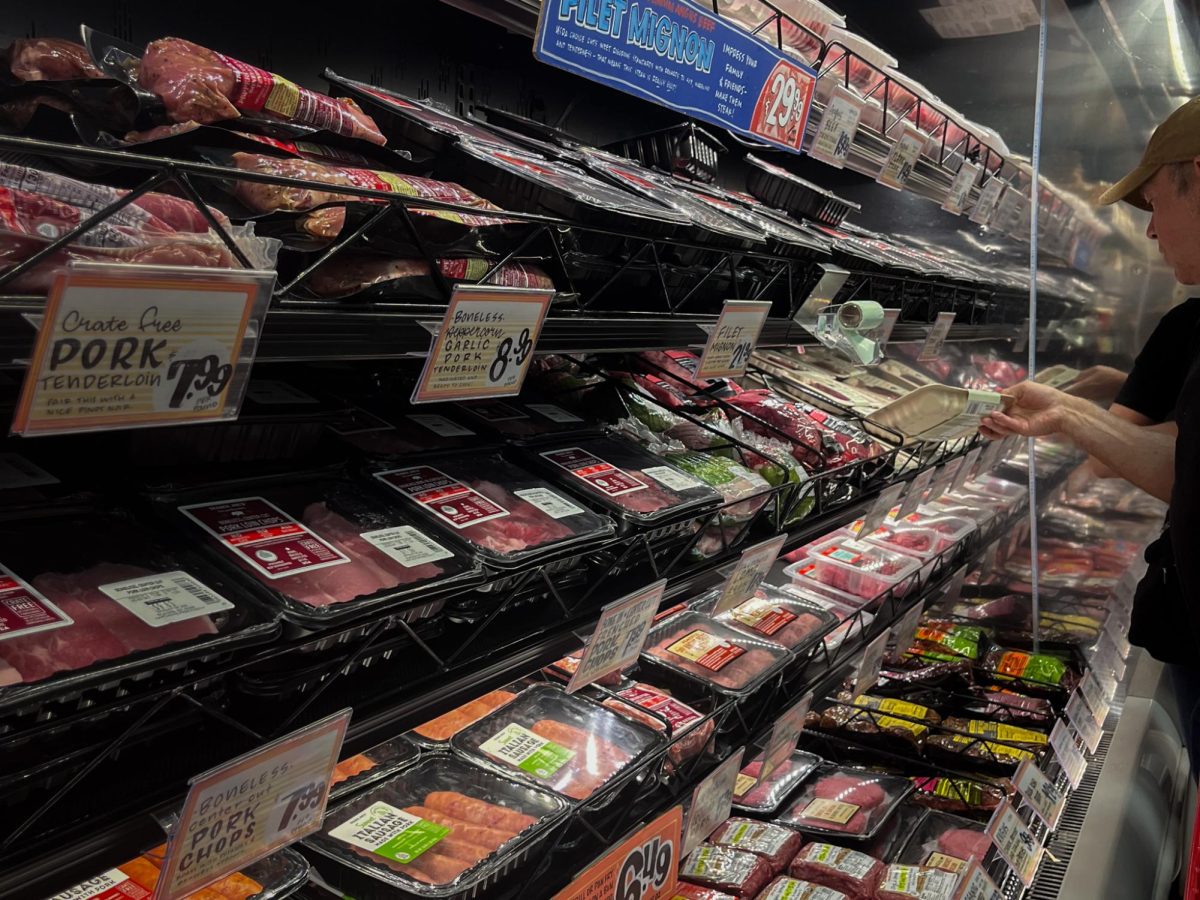If you picture a British beef farm, Jonathan Chapman’s spread in the Chiltern Hills fits the image — ruby-red cows grazing under golden beech trees, a postcard of pastoral calm. But behind the idyllic view lies a market in trouble.
Herds across the UK are thinning. Prices at the farmgate are the highest in years, yet farmers are holding back from expanding. The reasons are simple — soaring costs, shifting subsidies, and an industry wrestling with the fallout of Brexit.
Chapman, a former eventing rider turned beef farmer, recalls when prices were too low to make ends meet.
A decade ago, carcasses fetched £3.60 a kilo. “We might clear £60 a head,” he says. The only way to survive was to sell directly, prompting him to open a small butchery and farm shop, Native Beef.
Processing his own meat doubled revenue. Today, his operation turns two animals a week into everything from fillet to dripping — all sold on-site. Yet even with prices now around £6.50 a kilo, profits are fragile.
For shoppers, that means mince above £5 a pack. For farmers, it’s a reflection of broader shifts — the decline of dairy herds, shrinking subsidies, and mounting overheads. “Cow numbers have been falling roughly 3% a year,” Chapman says. “There’s virtually no direct support for food now.”
On top of policy pressures come familiar foes: wages, energy, and weather. A parched summer cut hay and silage yields, sending feed costs up.
Chapman trimmed his herd from 110 to 90 to brace for winter — a move that, if echoed nationwide, could keep beef scarce and prices elevated for years.
Economists say high prices should spur more supply, but beef doesn’t work on quick cycles. Calves take nearly three years from conception to carcass, and few farmers are willing to gamble on uncertain returns.
Then there’s inheritance tax. The government’s plan to end agricultural exemptions next April has sapped confidence. Neil Shand of the National Beef Association says farmers are spending what little capital they have on life insurance rather than livestock. “We should be expanding,” he says. “But everyone’s too afraid to invest.”
It’s a grim irony: even as demand stays firm, the market can’t feed itself fast enough. Beef prices are rising in the US and Europe too — but for now, neither farmer nor consumer is winning this round.
You May Also Like: U.S. Ranchers Push Back on Trump’s Plan to Import More Argentine Beef






